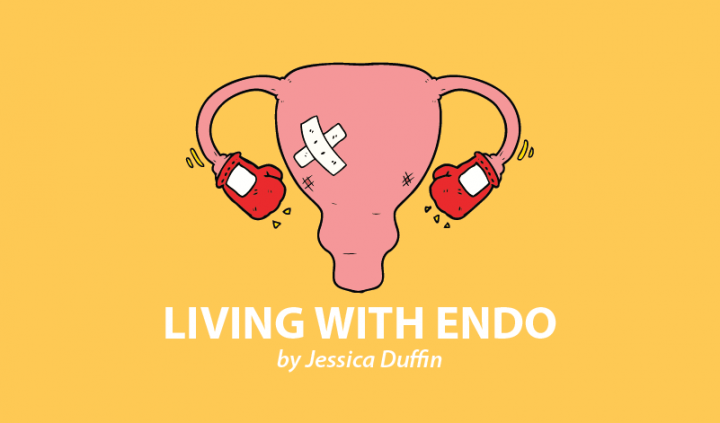“I just don’t know where to start.”
“I feel so overwhelmed. There are so many options to try.”
“I’m so exhausted I can’t even think about working this all out.”
These sorts of comments come up again and again from my readers, listeners, and clients with endometriosis. While some have never even heard of any options outside of surgery and medication, others have done so much research they’ve become paralyzed by the amount of choice.
In my coaching practice, I have a structure I follow and tweak depending on what symptoms my patients present with, and where they’d personally like to get started. I generally look at lowering inflammation and healing the gut first — so much of our healing work begins here. We address everything else once the body has begun to calm down.
But if you’re beginning alone, here’s a step-by-step strategy to help you work out how to start with managing endometriosis, so you can create a road map tailored exactly to you.
Identify your core challenges.
What is your No. 1 problem with endometriosis? What is the biggest impact it has on your life? What is the burden it places on you, that if removed, would make a huge difference?
Perhaps it’s excruciating monthly periods that cause you to miss several days of work. Perhaps it’s mind-numbing fatigue that makes mornings impossible. Perhaps it’s bloating so bad that you can hardly sit up due to the discomfort.
You’re most likely going to have the best results from honing in on one area and supporting yourself there. Then, once you’ve built some momentum and health, you can tackle the others.
What tools do you already have?
Most of us feel pretty daunted, and even a little defeated, when we first identify our core problem or problems. This is the ideal time to get creative.
Get really scrappy: What do you already have on hand that could help you tackle this problem? What do you already know? Who is already on your side?
Think about things like:
- free content such as blogs, podcasts, and online groups
- your local library
- your family, friends, community
- your medical team
- your skills and talents
How could you put these to use?
Are you really good at sticking to a goal? Are you a great cook? Do you like to read?
How could you put these skills and talents to good work to help you take on this challenge? If pain is your No. 1 problem, maybe you could dive into books about pain science if you’re an avid reader, or maybe you could create your own mini-cookbook filled with anti-inflammatory recipes. Get creative!
Start with what you have and utilize it. I challenge you to list 30 things you already have access to (even if you have to research them, such as blogs).
What could you do?
The next step is to expand on this list: What could you do?
Don’t worry about expenses, energy, or resources right now. Just list all the possibilities that you could do to address this problem. Could you join a support group, start pelvic floor physiotherapy, or find a therapist?
List as many possibilities as you can. Don’t worry, you don’t have to do them all, we just want to get you thinking expansively.
Pick one to three options.
Now, lay these options out in front of you.
To which are you instinctively drawn? What feels like the easiest first step? What feels like it would give you a quick win?
This isn’t the time to pick something that will be long and drawn out. We want to start with a step that’s doable and gives you momentum — something that feels easy enough to begin with, but will give you some results so you feel encouraged.
What are your challenges?
Now, consider time, money, energy, and any other factors that might get in the way for you. Maybe your health is in the place where you don’t have the energy to cook from scratch each day, so perhaps that’s not the right place to start, or perhaps you just need to tweak the idea. Maybe you could begin with adding two portions of fruits or veggies to your breakfast as the first step, rather than overhauling your whole diet in one week!
Take the step.
Choose your first step, or your first few, and make a commitment to yourself. Write it/them down and put it/them in your diary, or somewhere where you’ll see it every day so you remember to take action.
Keep going!
This a marathon, not a sprint, so go at a sustainable pace.
***
Note: Endometriosis News is strictly a news and information website about the disease. It does not provide medical advice, diagnosis, or treatment. This content is not intended to be a substitute for professional medical advice, diagnosis, or treatment. Always seek the advice of your physician or other qualified health provider with any questions you may have regarding a medical condition. Never disregard professional medical advice or delay in seeking it because of something you have read on this website. The opinions expressed in this column are not those of Endometriosis News or its parent company, BioNews Services, and are intended to spark discussion about issues pertaining to endometriosis.

